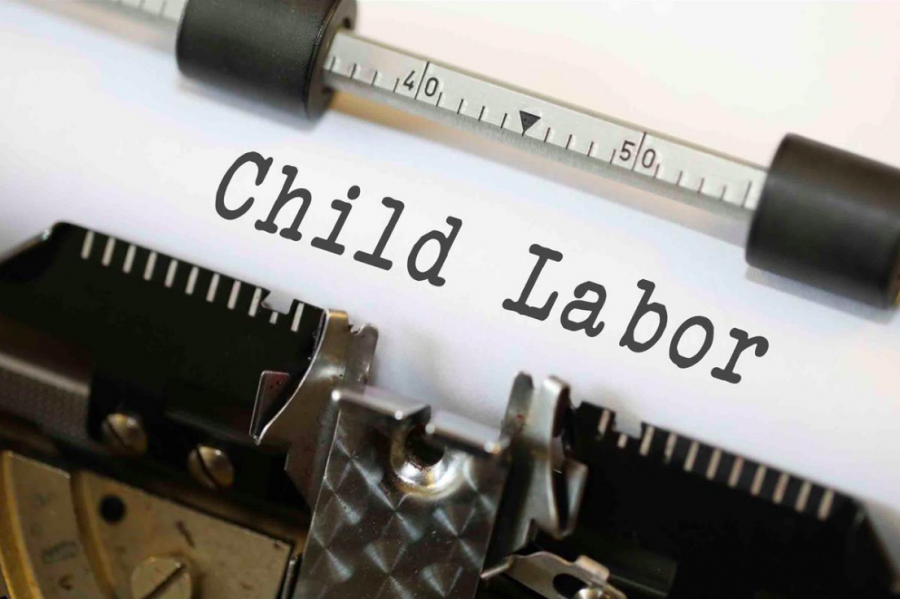Child Labor
May 11, 2020
Slave labor feels like a thing of the past, something we learn about in history class and wonder how humanity allowed to happen. However, many of the companies that provide products that are staples of our daily lives are building their fortunes on the backs of slaves who work for free or are paid pennies by the hour.
Worldwide, there are currently 48.5 million people who are enslaved. This slavery ranges from widely known forms such as sex trafficking to scarcely paid labor for some of the largest companies we shop from today including Nestle, Nike, Starbucks, H&M, and Walmart.
Corporate greed is the reason that slave labor is so commonly used. The less money companies pay their laborers, the more money they retain. They are then able to make products cheaper, encouraging consumer purchasing, and increasing their profits. Laborers are also often women and children (85% of sweatshop workers are young women according to feminist.org), demographic groups that have harder times finding paying jobs and are easily exploited because of the societal conditions in different countries.
Within companies, people are forced to work 12-hour days for mere pennies. Companies also fail to provide any form of worker protection or insurance benefits. The conditions within these sweatshops cause a dangerous working environment, often resulting in injuries for the employees.
It’s not just the listed companies that use slave labor: in fact, it’s the vast majority of today’s companies. A scoring system from KnowTheChain uses worker conditions, hiring practices, environmental impact, and worker pay to calculate a company’s cleanliness score. They calculated that the average score out of 100 for 100 companies was a startlingly low 37.
Unfortunately, a large reason that this issue continues to be prevalent is because of a continued market for the products of slave labor. There are currently relatively few companies that make clean products. Because these companies engage in environmentally safe practices and treat their workers well, the costs of their goods are higher than inhumanely produced products, thereby discouraging consumer spending. This cycle has the potential to drive humane companies out of business and increase the number of manufacturers that resort to slave labor to maintain profits.
As long as people continue to buy products of slave labor, these companies will continue to turn a profit and will have no incentive to change their practices. If you have the financial means to do so, you can support slavery-free companies by only buying from them. By buying from these companies you are not only ensuring their continued production of clean products as well as reducing the market for products of slavery.
The last action that everyone has the ability to take is activism. This issue of slave labor is relatively unknown and people continue to unknowingly perpetuate it by buying products produced by slaves. Activism can range anywhere from raising awareness to staging boycotts; anything and everything has the potential to make a difference.
As with every other issue, for widespread change to be made, there first has to be grassroots support. We can take this step by spreading the word and reducing our own slavery footprints. An ideal future would be one in which manufacturers ethically employ workers and none of the products in our daily lives are the consequences of human misery.




